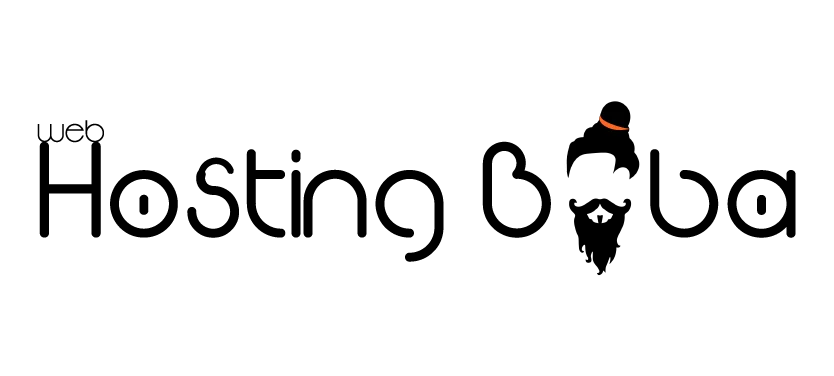What is the UI/UX Design in Mobile App Development Success?

- Uncategorized
- November 29, 2024
What is the UI/UX Design in Mobile App Development Success?
UI/UX design stands as a linchpin for a mobile application’s success, impacting user engagement, satisfaction, and overall performance. An in-depth look at this facet of mobile app development involves exploring its multifaceted elements—from the development process to strategic marketing. It’s about grasping the intricacies of programming, design, and how crucial UI/UX is in ensuring a mobile app’s triumph in the competitive digital landscape.
Success in mobile app development often hinges on several factors, especially in UI/UX design. Here are some keywords and concepts to consider:
User-Centric Approach: Designing with the end-user in mind ensures that the app meets their needs and preferences, leading to higher engagement and satisfaction.
Intuitive Navigation: A smooth and intuitive interface makes it easy for users to navigate through the app without confusion or frustration.
Responsive Design: Ensuring the app functions seamlessly across various devices and screen sizes improves accessibility and user experience.
Visual Appeal: Eye-catching visuals and a clean design enhance user engagement and encourage prolonged app usage.
Usability Testing: Iterative testing with real users helps identify usability issues early on, allowing for necessary adjustments to improve the app’s usability.
Performance Optimization: Optimizing the app’s performance, such as speed and responsiveness, is crucial for retaining users and preventing them from abandoning the app due to slow loading times or glitches.
Consistency and Branding: Maintaining consistency in design elements and aligning them with the brand’s identity fosters familiarity and trust among users.
Accessibility: Ensuring that the app is accessible to users with disabilities by following accessibility guidelines helps reach a wider audience.
Feedback Integration: Providing avenues for users to give feedback and incorporating user suggestions can lead to continuous improvement and a better user experience.
App Store Optimization (ASO): Implementing ASO strategies, such as keyword optimization, engaging app descriptions, and appealing visuals, aids in improving app visibility and downloads in app stores.
Marketing Strategy: An effective marketing strategy, including social media promotion, influencer collaborations, and targeted advertising, is essential for reaching the app’s target audience.
Agile Development Methodology: Adopting agile practices allows for flexibility in the development process, enabling quicker iterations and adaptations based on user feedback.
By considering these keywords and focusing on user experience, performance, design, and marketing, developers can enhance the chances of success for a mobile app in a competitive market.
Mobile App Development: A Holistic View
1. Mobile App Development Program:
A mobile app development program comprises a structured approach to creating applications for mobile devices. It involves:
Advantages:
Structured Development: Programs offer frameworks and methodologies for organized development. Efficiency: Pre-defined modules and libraries can expedite the development process.Community Support: Often backed by a community, aiding problem-solving and innovation.
Disadvantages:
Limited Customization: Some programs may restrict flexibility in coding and design.
Dependency: Relying too much on a specific program might pose risks if it becomes obsolete.
Learning Curve: Mastery of a program often requires time and practice.
2. Mobile App Development Process:
A mobile app development program comprises a structured approach to creating applications for mobile devices. It involves:
Advantages:
Structured Workflow: Phases like ideation, prototyping, testing, and deployment ensure a systematic approach.
Quality Assurance: Rigorous testing helps in identifying and rectifying issues.
Scalability: A defined process allows for scalability and future improvements
Disadvantages:
Rigidity: Strict adherence to a process might limit adaptability to sudden changes.
Time-Consuming: Each phase demands time, potentially delaying the app’s release.
Resource Intensive: Requires a team and resources to navigate each stage effectively.
3. Mobile App Design:
UI/UX design is pivotal in engaging users and ensuring a positive experience:
Advantages:
Enhanced User Experience: Intuitive design elements enhance usability.
Brand Consistency: A well-designed app reflects the brand’s identity, fostering recognition.
Reduced Friction: Intuitive navigation and attractive interfaces lead to higher user retention.
Disadvantages:
Subjectivity: Design preferences vary, making it challenging to cater to everyone.
Complexity: Achieving a balance between aesthetics and functionality can be intricate.
Resource Demand: Design iterations and refinements may consume time and effort
4. Mobile App Marketing:
Effective marketing strategies are crucial for app success:
Advantages:
Increased Visibility: Marketing efforts drive user acquisition and app visibility.
User Engagement: Engaging campaigns can create buzz and increase user engagement.
Monetization Opportunities: Successful marketing can lead to better revenue generation.
Disadvantages:
Cost: Marketing campaigns can be expensive, especially for new apps.
Competition: Saturated app markets make it challenging to stand out.
Dynamic Trends: Constant changes in trends require adaptive marketing strategies.
Conclusion
UI/UX design is the linchpin in the success of mobile applications, profoundly impacting user satisfaction and retention. It’s a blend of technical prowess, design finesse, and strategic marketing that elevates an app from mere functionality to a compelling, user-centric experience. Understanding the nuances and finding a balance among the various elements is crucial for a mobile app’s triumph in the dynamic digital landscape.

